UncoverED
This tour provides a public history of the lives and experiences of students of colour at Edinburgh University throughout history and is based on UncoverED’s growing database of alumni from Africa, Asia, and the Caribbean. UncoverED is a student-led, collaborative and decolonial research project which places the ‘global’ status of Edinburgh University in its imperial and colonial context.
What has the relationship been between the University of Edinburgh (an academic centre of Empire) and the colonized students who made use of the challenges and opportunities it presented? How did students from formerly colonized countries foster a sense of home and belonging in Edinburgh, whilst simultaneously using the city as a base for anti-colonial activities? Why are these students not remembered and celebrated in the University’s collective history? We believe this work is important because the University has a long and largely under-interrogated global history with deep imperial and colonial implications, many of which continue to the present day.
Many thanks to the tour contributors: Esme Allman, Daisy Chamberlain, Tom Cunningham, Henry Dee, Hannah McGurk, Vidhipssa Mohan, Natasha Ruwona, Lea Ventre, and Dingjian Xie.
Extracts included from the “UncoverED Manifesto,” written by Hannah McGurk and Lea Ventre.
 | Wong Fun Statue The Confucius Institute for Scotland at the University of Edinburgh promotes the “educational, economic, and cultural ties between Scotland and China.” More… |
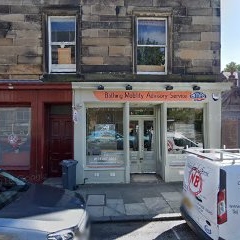 | 7 Grange Road South African Kesaveloo Goonam Naidoo lived with the Dewar family at 7 Grange Road in the early 1930s. More… |
 | 15 Melville Terrace Born in 1886, Jung Bahadur Singh was an advocate for marginalized colonial subjects in British Guiana (now Guyana). More… |
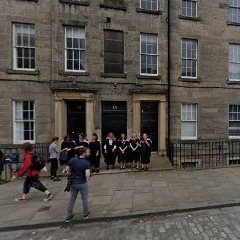 | 15 Buccleuch Place Dr. Agnes Yewande Savage was born at 15 Buccleuch Place in 1906. More… |
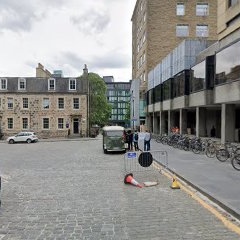 | Edinburgh Indian Association The Edinburgh Indian Association (EIA), founded in 1883, was one of the first Indian Associations in Britain. More… |
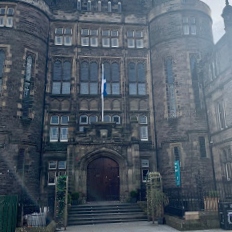 | Teviot Row House Opening its doors in 1889, Teviot is the world’s oldest and purpose-built Student Union. More… |
 | Old Medical School Edinburgh’s medical school has attracted many international students throughout its history. More… |
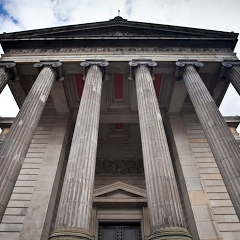 | Royal College of Surgeons of Edinburgh In 1937, Hastings Banda, who became the first President of independent Malawi in 1966, travelled to Edinburgh to study medicine. More… |
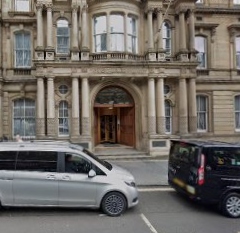 | Phrenological Museum 25 Chambers Street used to be the site of the Edinburgh’s Phrenological Museum. More… |
 | Assembly Hall In 1952, Assembly Hall was the location of protest meetings against the Central African Federation (CAF). More… |
 | Royal College of Physicians of Edinburgh When Kadambini Ganguly received her BA from the Univ. of Calcutta in 1883, she became the first woman to graduate in India. More… |
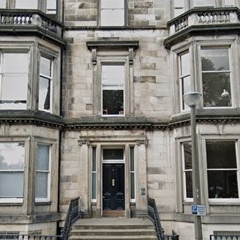 | International Students’ Hostel The YMCA Indian Students’ Hostel was established at Grosvenor Crescent in 1920. More… |
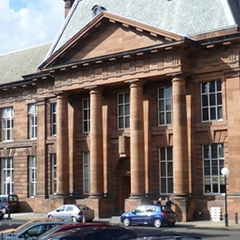 | Edinburgh College of Art Records of Finandra Nath Bose’s time at Edinburgh College of Art (ECA) exist from 1908, More… |
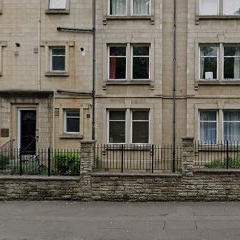 | Lauriston Gardens Herbert Christian Bankole-Bright, founder member of the National Congress of British West Africa, lived at Lauriston Gardens. More… |
 | 3 Bruntsfield Place Theodore Clerk, the first professionally certified Ghanaian architect, lived at 3 Bruntsfield Place between 1940 and 1942. More… |
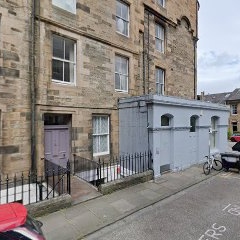 | 1 Roseneath Terrace The sixth floor of 1 Roseneath Terrace was home to Eustace Akwei while he studied medicine at Edinburgh during the 1940s. More… |
 | 23 Marchmont Crescent In the 1960s, Kenneth Ramchand lived in a “Trinidad Boys” flat at 23 Marchmont Crescent. More… |
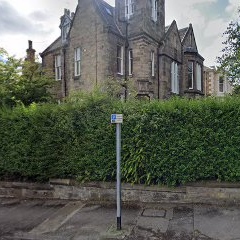 | Colonial House In the 1940s, ‘Colonial House’ at 2 Palmerston Road was the residence of “all sorts of colonial persons…” More… |
 | Colonial Students’ Hostel 36 Hope Terrace contained the ‘Colonial Students’ Hostel’ in the 1940s. More… |
